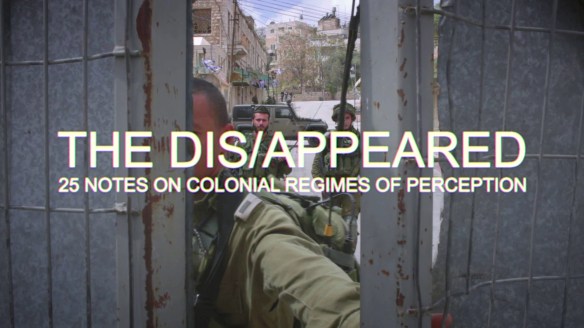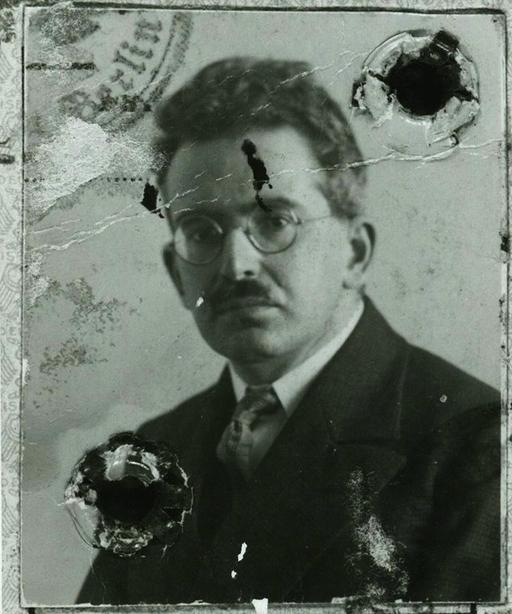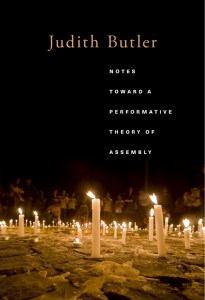When I was writing the Israel/Palestine chapters in The Colonial Present the vast, wretched landscape of occupation and repression was numbingly new to me (though it shouldn’t have been). I found little help from mainstream geography, with some honourable exceptions, and I vividly remember my first visit to the West Bank with Steve Graham, Eyal Weizman and others. You would think I would have been prepared: I’d certainly read everything I could lay my hands on.
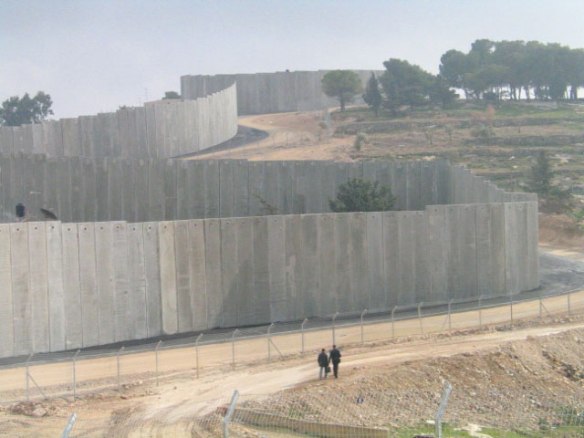
But nothing prepares you for the enormity of the occupation, its monstrous violence and everyday humiliations, and the sight of the wall snaking across the landscape – what Ariella Azoulay and Adi Ophir call ‘the Monster’s Tail’ – remains one of the most appalling impositions I have ever seen. Neither was I ready for the iron-clad violence of the Qalandiyya checkpoint, whose enclosures, grills and bars that would not have been out of place in an abbatoir could barely contain the brooding militarised violence of those who constructed it: but of course they weren’t supposed to.

Since then, much of this has become all too familiar – which is part of the problem – but there are now many more geographers doing vitally important work on occupied Palestine. Visualizing Palestine has recently added this new infographic about the wall to its excellent portfolio:

The focus adds yet another dimension to contemporary discussions about international law and what Michael Smith calls ‘geo-legalities’. I’m keenly interested in those arguments, but today I’m led down this path by a new essay –part prose, part photography – composed by China Miéville for the Palestinian Literature Festival and performed by him at Nablus.
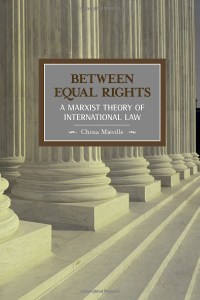 Miéville is best known as a novelist (and one with an intriguing geographical sensibility at that), but he’s no stranger to international law either: his Between Equal Rights: a Marxist theory of international law (2006) has been widely acclaimed. Yet this morning I’m seized by his photo-literary apprehension of the familiar unreality of the landscape of occupation:
Miéville is best known as a novelist (and one with an intriguing geographical sensibility at that), but he’s no stranger to international law either: his Between Equal Rights: a Marxist theory of international law (2006) has been widely acclaimed. Yet this morning I’m seized by his photo-literary apprehension of the familiar unreality of the landscape of occupation:
Yes, we know the holy land is now a land of holes, and lines, a freakshow of topography gone utterly and hideously mad, that the war against Palestinians is also a war against everyday life, against human space, a war waged with all expected hardware, with violent weaponized absurdism, with tons and tons of concrete and girders. This is truism, and/but true.
His experience of crossing the line reminds me of my own, though he captures its Kafka-esque horror far more vividly:
And in its wedge of shadow the long stupid zigzag of the checkpoint between Bethlehem and Jerusalem is indicated with a sign, there on the Bethlehem side. Entrance, it says, white on green, and points to the cattle run. Inside are all the ranks of places to wait, the revolving grinder doors, green lights that may or may not mean a thing, the conveyor belts and metal detectors and soldiers and more doors, more metal striae, more gates.
Finally, for those who emerge on the city side, who come out in the sun and go on, there is a sign they, you, we have seen before. White on green, pointing back the way just come.
Entrance, it says. Just like its counterpart on the other side of a line of division, a non-place.
No exit is marked.
The arrows both point in. Straight towards each other. The logic of the worst dream. They beckon. They are for those who will always be outside, and they point the way to go. Enter to discover you’ve gone the only way, exactly the wrong way.
Entrance: a serious injunction. A demand. Their pointing is the pull of a black hole. Their directions meet at a horizon. Was it ever a gateway between? A checkpoint become its own end.
This is the plan. The arrows point force at each other like the walls of a trash compactor. Obey them and people will slowly approach each other and edge closer and closer from each side and meet at last, head on like women and men walking into their own reflections, but mashed instead into each other, crushed into a mass.
Entrance, entrance. These directions are peremptory, their signwriters voracious, insisting on obedience everywhere, impatient for the whole of Palestine to take its turn, the turn demanded, until every woman and man and child is waiting on one side or the other in long long lines, snaking across their land like the wall, shuffling into Israel’s eternal and undivided capital, CheckPointVille, at which all compasses point, towards which winds go, and there at the end of the metal run the huge, docile, cow-like crowds will in this fond, politicidal, necrocidal, psyche-cidal fantasy, meet and keep taking tiny steps forward held up by the narrowness of the walls until they press into each others’ substance and their skins breach and their bones mix and they fall into gravity one with the next. Palestine as plasma. Amorphous. Amoebal. Condensed. Women and men at point zero. Shrunken by weight, eaten and not digested. An infinite mass, in an infinitely small space.
If you can bear to read more about this ‘non-place’, as Mieville calls it, try Helga Tawil-Souri, ‘Qalandia checkpoint as space and nonplace’, Space and culture 14 (1) (2011) 4-26; Irus Braverman, ‘Civilized borders: a study of Israel’s new crossing administration’, Antipode 43 (2) (2011) 264-95; Hagar Kotef and Merav Amir, ‘Between imaginary lines: violence and its justifications at the military checkpoints in occupied Palestine’, Theory, culture and society 28 (1) (2011) 55-50; and Merav Amir, ‘The making of a void sovereignty: political implications of the military checkpoints in the West Bank’. Environment and Planning D: Society & Space 31 (2013) 227-44.

These are all behind paywalls, and if you can’t pass through those walls – and even if you can – I also recommend an open access essay by Helga Tawil-Souri, ‘Qalandia: an autopsy’, Jerusalem Quarterly 45 (2011) available here. It’s a brilliant essay, and apart from what it has to tell us about the checkpoint (or ‘terminal’, as the Israelis prefer), like Miéville’s it also has much to teach us about the power of prose and the material politics of representation:
Qalandia is dead because this time I find it impossible to photograph. I am paralyzed. Where do I stand? What do I document? Why am I even bothering? What am I supposed to do with a string of images? How will I put them back together to tell a story when there is no story to be told anymore? Photographing it, filming it, trying to write about it, only contradicts its very nature: a time-space of interruption, of suspension. The checkpoint disjoints, tears the limbs off of my body; to want to tell its ‘story’ is a form of re-con-joining. I cannot. It has taken that right away from us.
 An excellent new edition of Middle East Report (290) on The New Landscape of Intervention; full download details here.
An excellent new edition of Middle East Report (290) on The New Landscape of Intervention; full download details here.

